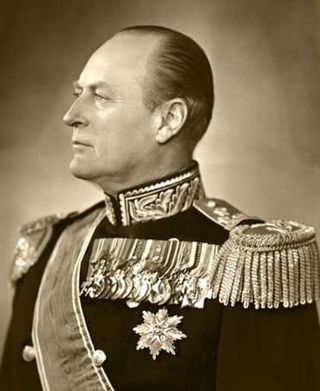August 12 is the 224th day of the year in the Gregorian calendar; 141 days remain until the end of the year.
August 31 is the 243rd day of the year in the Gregorian calendar; 122 days remain until the end of the year.
February 9 is the 40th day of the year in the Gregorian calendar; 325 days remain until the end of the year.
June 21 is the 172nd day of the year in the Gregorian calendar; 193 days remain until the end of the year.
October 6 is the 279th day of the year in the Gregorian calendar; 86 days remain until the end of the year.
October 9 is the 282nd day of the year in the Gregorian calendar; 83 days remain until the end of the year.
October 13 is the 286th day of the year in the Gregorian calendar; 79 days remain until the end of the year.
September 24 is the 267th day of the year in the Gregorian calendar; 98 days remain until the end of the year.

1911 (MCMXI) was a common year starting on Sunday of the Gregorian calendar and a common year starting on Saturday of the Julian calendar, the 1911th year of the Common Era (CE) and Anno Domini (AD) designations, the 911th year of the 2nd millennium, the 11th year of the 20th century, and the 2nd year of the 1910s decade. As of the start of 1911, the Gregorian calendar was 13 days ahead of the Julian calendar, which remained in localized use until 1923.
1912 (MCMXII) was a leap year starting on Monday of the Gregorian calendar and a leap year starting on Sunday of the Julian calendar, the 1912th year of the Common Era (CE) and Anno Domini (AD) designations, the 912th year of the 2nd millennium, the 12th year of the 20th century, and the 3rd year of the 1910s decade. As of the start of 1912, the Gregorian calendar was 13 days ahead of the Julian calendar, which remained in localized use until 1923.
1907 (MCMVII) was a common year starting on Tuesday of the Gregorian calendar and a common year starting on Monday of the Julian calendar, the 1907th year of the Common Era (CE) and Anno Domini (AD) designations, the 907th year of the 2nd millennium, the 7th year of the 20th century, and the 8th year of the 1900s decade. As of the start of 1907, the Gregorian calendar was 13 days ahead of the Julian calendar, which remained in localized use until 1923.
1906 (MCMVI) was a common year starting on Monday of the Gregorian calendar and a common year starting on Sunday of the Julian calendar, the 1906th year of the Common Era (CE) and Anno Domini (AD) designations, the 906th year of the 2nd millennium, the 6th year of the 20th century, and the 7th year of the 1900s decade. As of the start of 1906, the Gregorian calendar was 13 days ahead of the Julian calendar, which remained in localized use until 1923.
1910 (MCMX) was a common year starting on Saturday of the Gregorian calendar and a common year starting on Friday of the Julian calendar, the 1910th year of the Common Era (CE) and Anno Domini (AD) designations, the 910th year of the 2nd millennium, the 10th year of the 20th century, and the 1st year of the 1910s decade. As of the start of 1910, the Gregorian calendar was 13 days ahead of the Julian calendar, which remained in localized use until 1923.
Events in the year 1906 in Norway.
Events in the year 1920 in Norway.
Events in the year 1922 in Norway.

Norwegian of the Century was a poll carried out by the Norwegian Broadcasting Corporation in 2005, the 100-year anniversary of Norwegian independence. The poll was SMS-based and over 400,000 Norwegians voted over the course of the year. To qualify as "Norwegian of the Century", the nominee must have lived between 1905 and 2005. All Norwegians were eligible for nomination, and there were initially 600 people on the list. A "Great Norwegian Committee" consisting of Nils Arne Eggen, Astrid Nøklebye Heiberg, Guri Hjeltnes, Harald Norvik, Erling Sandmo and Cathrine Sandnes narrowed the list down to 50. Another poll was conducted, again SMS-based, with the results presented live on NRK1 on 17 December 2005. The winner, with 41% of the vote, was King Olav V. Former Prime Minister Einar Gerhardsen was second with 24%, followed by Erik Bye with 15%. The results for the top 50 spots were as follows:


